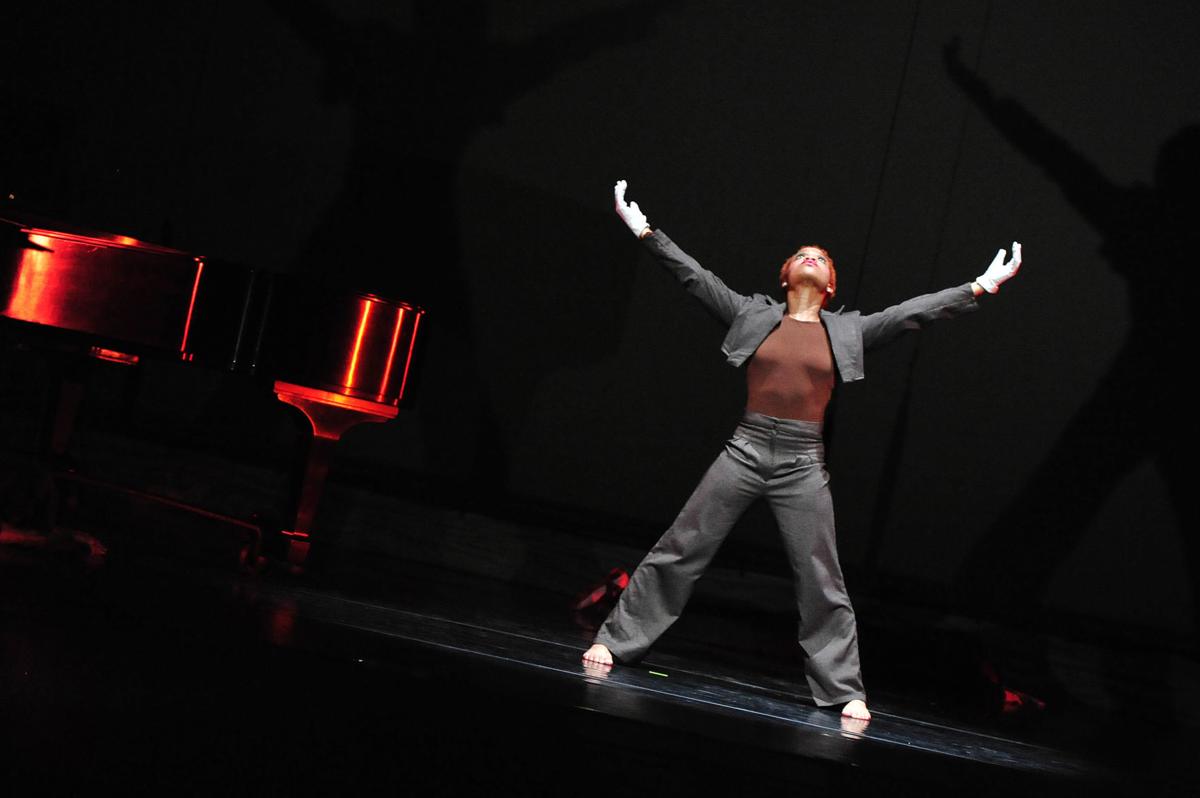Camille A. Brown is a whiz and a wonder, as is the troupe she directs and dances with, Camille A. Brown & Dancers.
Brown has done amazing work for Broadway (“Choir Boy” is the latest) and other dance companies. When the company performs Brown’s “Mr. TOL E. RAncE” on Thursday, Feb. 21, the audience can expect an evening of thought-provoking, high-energy dance theater.
The dance: “TOL,” as Brown shorthanded the work in a recent email interview, explores African-American humor, stereotypical roles that dominate current popular black culture and the plight and the profound artistry of the black performer throughout history.
“TOL” debuted in 2013, the first dance of a Brown trilogy that culminates with “ink,” which hit the stage in 2017. In between came 2015’s “Black Girl: Linguistic Play (BGLP).” Brown’s company is touring all three this season. “An opportunity,” she wrote, “to make connections I probably would not find” otherwise.
“It’s extremely exciting to perform all three pieces of the trilogy,” said Brown, who will be on stage with the dancers and with stellar pianist Scott Patterson.
“‘TOL’ is about how black people are perceived and how we have to reconcile ourselves inside of a very narrow, stereotypical, often dehumanizing view,” she said. “‘TOL’ focuses specifically on social dances throughout time — the ’40s, ’80s. ”
What’s next: “I’ve been working on this trilogy for six years and desire another shift and challenge. Nothing ever stops. ‘Ink’ will guide me to the next story, but I want to delve into new territory and push myself in different ways — dive into other themes that continue to challenge me as an artist.”
The talk: The evening ends not with the dancing, but with “The Dialogue,” as Brown and dancers come back out to converse with the audience. It’s been a feature of company performances since 2012.
“ ‘The Dialogue’ is a verbal extension of the work,” she said. “The dance has ended, but the conversation continues as the artists and the audience members decompress together. It’s an exchange of immediate thoughts and reactions.”
It might be disturbing for those under 14: “Technically, we’re not doing anything up there people have not seen or heard. Language and movements are associated with stereotypes, so we are embodying these characters on stage. It’s odd, because how do you prepare someone for the things they already see in the world? And that’s the complexity of race in America.”





